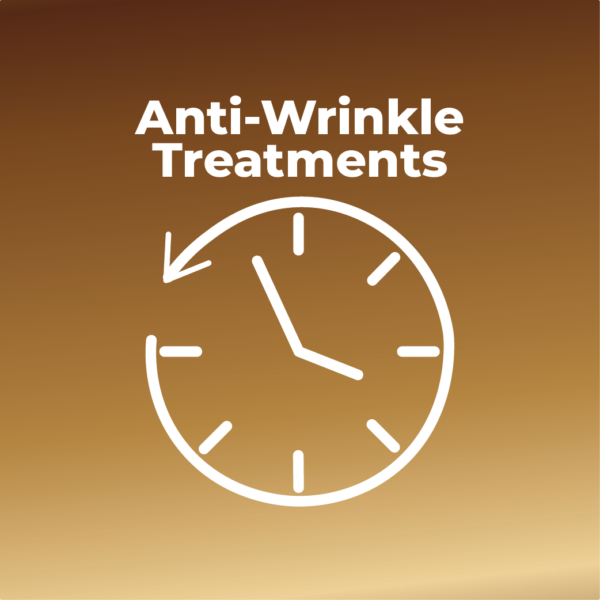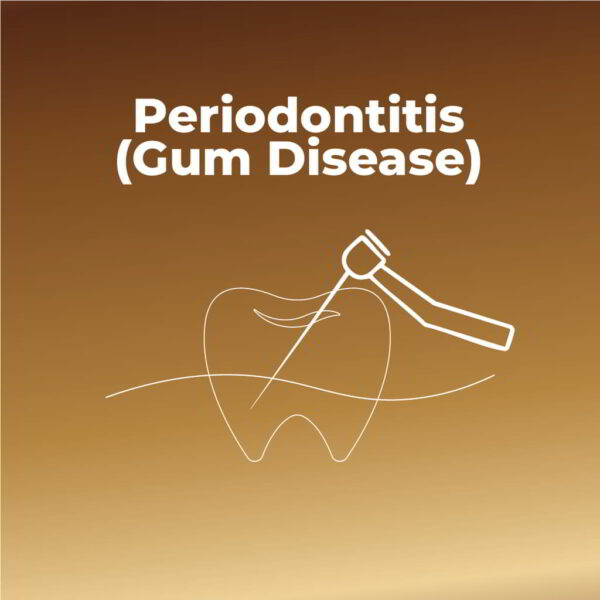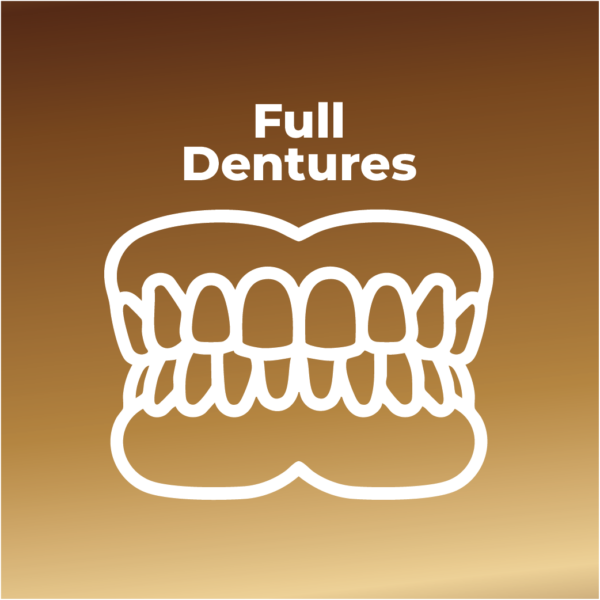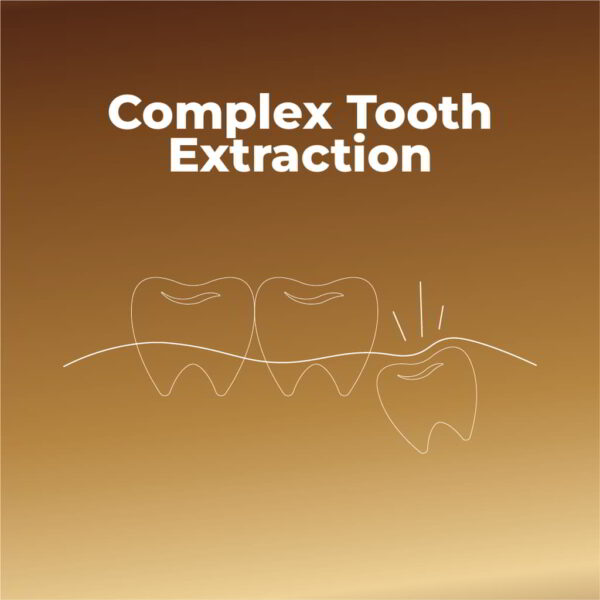What Is A Dental Extraction?
Put simply, a dental extraction is the process of having a tooth removed. Most dental extractions are simple and can be performed by a general dentist, though extractions for teeth that have snapped off below the gumline or wisdom teeth extractions may need to be performed by a specially trained dentist.
Dental extractions can usually be performed quickly with little need for planning – meaning we can perform most extractions as soon as it’s convenient for you.
Removing a tooth is always a last resort at Synergy. We only remove teeth if the damage is too extensive to be repaired using cosmetic treatments, or when there is a risk of the damage worsening to affect other teeth.
Why Might I Need A Dental Extraction?
There are several reasons why we may need to take a tooth out – though we always try to avoid doing so.
The main reasons for needing to have a tooth removed are:
- Severe tooth decay
- Loose teeth due to severe gum disease
- Fractured (broken) teeth
- An infection or abscess
- Oral trauma caused by an injury (during activities such as sports)
What Happens During A Dental Extraction?
Dental extractions are usually quick and simple procedures.
Your dentist will start by administering a local anaesthetic to numb the area, so you don’t feel pain during the procedure. Then, a dental elevator will be used to loosen the tooth, and forceps will be used to remove the tooth. You may feel some pressure as the tooth is removed, but you should not feel pain due to the local anaesthetic used.
In some cases, an extraction may require more complex surgical methods, for example if the tooth has snapped off close to the gumline, in which case your dentist may refer you to a specialist within Synergy.
What Aftercare Should I Follow After A Dental Extraction?
Following a dental extraction, you may feel some pain as the anaesthetic wears off.
For the first 24 hours after your extraction, we recommend that you rest. It’s a good idea to take a day off work and avoid exercise. Keep your head elevated to minimize bleeding, and avoid contact with the area with food. Be aware that drinking liquids may loosen any blood clots, and might encourage bleeding.
Do not drink hot beverages, as this will encourage bleeding.
After 24 hours, you may rinse the site with salt water solution – add a teaspoon of salt to hot water, allow to cool before rinsing your mouth. You can also begin eating soft foods.
Avoid smoking until you are fully healed, as this can increase infection risk.









Patient Reviews
Apply for Dental Finance!
Using our finance calculator you can approximate your total cost for dental work and choose to repay from multiple options.
Other Dental Treatments
-

Anti-Wrinkle Treatment
£100 – £350Price range: £100 through £350 Select options This product has multiple variants. The options may be chosen on the product page -

Periodontal Assessment
£30 Select options This product has multiple variants. The options may be chosen on the product page -

Valplast® Flexible Dentures
£1,150 Select options This product has multiple variants. The options may be chosen on the product page -

Complex tooth extractions
£350 Select options This product has multiple variants. The options may be chosen on the product page
